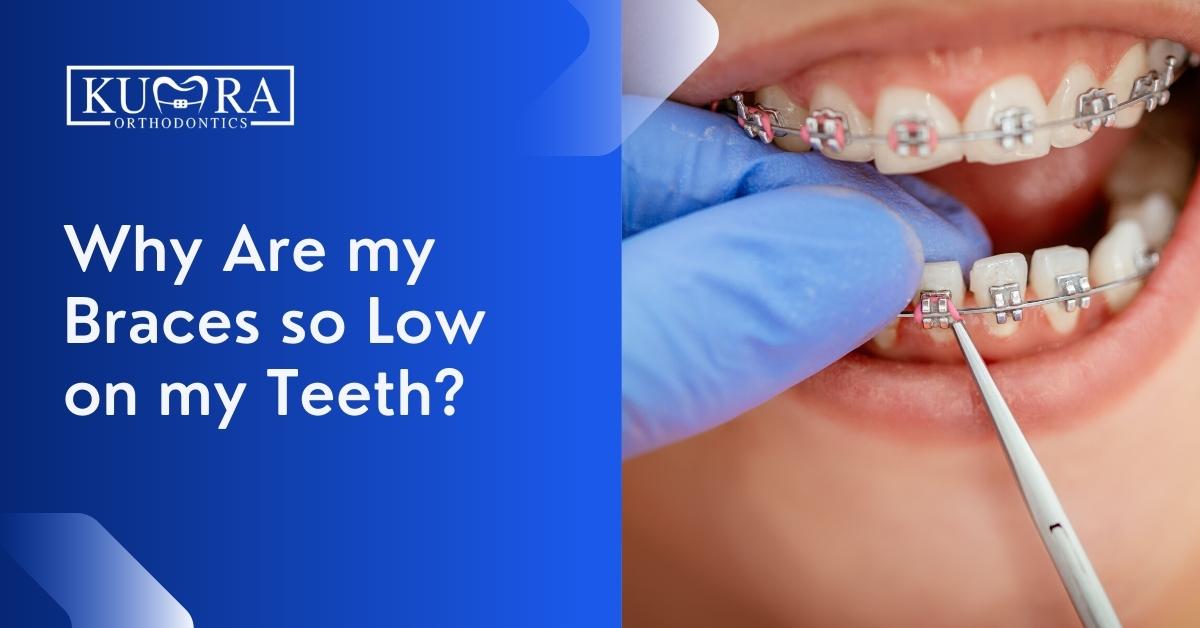Comprehensive Overview to Orthodontics Procedures for Dealing With Dental Imbalances
In the world of orthodontics, the journey to attaining a completely straightened smile entails a myriad of procedures customized to fix dental imbalances. From standard braces to unnoticeable aligners and even surgical choices, the field of orthodontics offers a series of services to deal with varying levels of dental irregularities. Understanding the complexities of each procedure, including their mechanisms, benefits, and possible disadvantages, is essential in making notified decisions about one's orthodontic therapy. As we browse through the extensive overview to orthodontic treatments for dealing with oral imbalances, the detailed details of each method will certainly unfold, shedding light on the course towards a unified and practical oral positioning.
Orthodontic Procedures Introduction

Along with clear aligners and conventional dental braces, orthodontists may additionally suggest other interventions like headwear, palatal expanders, or retainers to attend to details alignment issues (braces). These treatments are customized to each patient's unique requirements and might entail a mix of therapies to attain the desired outcomes. Regular adjustments and monitoring are crucial components of orthodontic treatment to ensure development gets on track and to make any type of needed adjustments in the process. By going through orthodontic procedures, people can not only achieve a straighter grin yet likewise improve their overall oral wellness and function.
Conventional Braces: How They Work
When taking into consideration orthodontic treatments for oral imbalances, conventional braces attract attention as a reliable technique for fixing teeth placing. Standard dental braces contain braces, wires, and bands that interact to use continuous pressure on the teeth, slowly moving them into the wanted placement. The braces are connected to the teeth utilizing an unique adhesive, and the wires are threaded through the braces. By changing the tension of the cables, orthodontists can manage the instructions and pressure applied to each tooth, directing them into appropriate positioning gradually.
One trick element of just how conventional braces work is the procedure of bone remodeling. As pressure is related to the teeth with the dental braces, the bone surrounding the teeth is reshaped to sustain the new tooth placements. This improvement is crucial for the long-term stability of the corrected placement. Individuals will require normal modifications at the orthodontist's workplace to make certain the dental braces remain to use the appropriate pressure for efficient teeth activity.
Unnoticeable Aligners: Cons and pros
These clear, customized trays are practically undetectable when used, making them an enticing option for individuals looking for a more visually pleasing orthodontic therapy. Individuals can remove the aligners before eating or brushing their teeth, reducing the risk of food getting stuck in the device and streamlining the cleaning procedure.

Surgical Orthodontic Options
Surgical interventions in orthodontics existing viable options for resolving complicated oral misalignments that may not be properly resolved via standard orthodontic therapies. While unnoticeable aligners and typical braces can deal with numerous orthodontic problems, specific situations require medical intervention to achieve optimal outcomes. Surgical orthodontic options are generally advised for extreme malocclusions, considerable jaw disparities, and cases where the underlying bone structure requires adjustment to achieve proper positioning.
One typical surgical orthodontic treatment is orthognathic surgical procedure, which entails repositioning the jaws to deal with practical problems such as problem speaking or eating. This surgical treatment is often executed in cooperation with an orthodontist that assists straighten the teeth before and after the treatment. Surgical orthodontics may additionally entail treatments to subject affected teeth, get rid of excess gum cells, or improve the jawbone to create an extra unified face account.
Prior to thinking about surgical orthodontic options, patients undergo a detailed evaluation to establish the need and prospective benefits of such treatments. orthodontist. While surgical treatment might appear challenging, it can significantly enhance both the function and looks of the smile in instances where traditional orthodontic treatments fall short
Retainers and Post-Treatment Care

Failing to conform with post-treatment treatment instructions can result in relapse, where the teeth progressively move back towards their initial placements. Consistent retainer wear, good dental hygiene, and regular dental examinations are vital for keeping the outcomes attained with orthodontic surgical procedure and making sure the lasting security of the corrected dental alignment.
Verdict
To conclude, orthodontic treatments offer numerous choices for fixing oral imbalances. Conventional braces use metal braces and cables to shift teeth right into proper alignment. Unseen aligners provide a more very discreet choice however might not appropriate for all instances. Surgical orthodontic options are readily available for a lot more serious imbalances. Retainers are frequently utilized post-treatment to preserve the new positioning. In general, orthodontic treatments can successfully improve dental health and aesthetic look.
As we browse via the comprehensive guide to orthodontic treatments for remedying dental misalignments, the elaborate information of each method will unravel, shedding light on the path toward a harmonious and useful oral positioning. - cumming orthodontics
One of the most common orthodontic therapies is the use of dental braces, which are composed of steel braces and cables that apply gentle stress to progressively move teeth special info into the wanted position.When thinking about orthodontic therapies for oral imbalances, standard dental braces stand out as a tried and true technique for remedying teeth positioning. Additionally, unseen aligners might not be suitable for complex orthodontic concerns that need even more considerable teeth motion, as they are normally recommended for light to moderate situations. Retainers are personalized orthodontic tools developed to hold teeth in their corrected positions after the completion of orthodontic therapy.